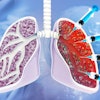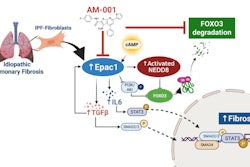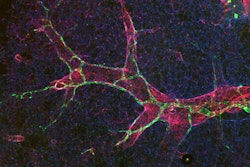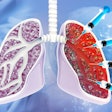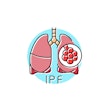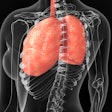
A group of researchers from Children’s Hospital Los Angeles (CHLA) determined a computerized decision support (CDS) tool helped reduce the time children with lung failure spent on a ventilator. Results of the groundbreaking study, “Randomized Trial of Lung and Diaphragm Protective Ventilation in Children,” were published in the journal, NEJM Evidence.
In addition to shortening total ventilation time, the CDS tool also helped the pediatric patients begin breathing unassisted more quickly following mechanical support.
“This is the first trial in either adults or children to test a computerized ventilation strategy that we had theorized could help preserve lung function and respiratory strength in children,” said lead author Robinder Khemani, MD, MSCI, in a CHLA news release. “We saw that using CDS, which recommends changes to ventilator settings to stay in a target range, resulted in children getting off the ventilator sooner than the children who received usual ventilator management directed by their physicians without the help of a CDS tool.”
The seven-year, phase II study included 248 children who had pediatric acute respiratory distress syndrome (PARDS). The participant group was randomized to receive either mechanical ventilation delivered by a lung and diaphragm-protective CDS tool or standard treatment of care.
Patients in the interventional CDS group were weaned from ventilation in an average of 0.09 days, compared to patients in the control group who were weaned in an average of 1.04 days. Researchers also observed patients in the former group retained better respiratory muscle strength and had better functional status at ICU discharge than those in the control group.
 Robinder Khemani, MD, MSCICHLA
Robinder Khemani, MD, MSCICHLA
According to the research team, the CDS tool monitored shifting patterns in patients’ breathing and suggested ongoing adjustments to ventilator settings within the recommended ranges.
“It is very complex to execute a mechanical ventilation lung and diaphragm protection strategy like this because it requires balancing competing risks and making individualized decisions for patients,” Dr. Khemani said. “The real advantage of computer decision support is that it allows you to do this in a reproducible way.”
Dr. Khemani did note that at the time of final hospital discharge, patients from both treatment groups showed similar respiratory strength.




